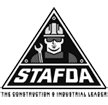
How to Select the Right Chain Come Along for Your Heavy Lifting Needs
In the realm of heavy lifting, the efficiency and safety of operations largely depend on the equipment used. One critical tool that has gained prominence in various industries is the Chain Come Along. According to a report by the Occupational Safety and Health Administration (OSHA), improper lifting equipment is responsible for a significant portion of workplace accidents, highlighting the need for choosing the right tools. Chain Come Alongs, known for their strength and versatility, can effectively handle loads ranging from several hundred pounds to several tons, making them indispensable in construction, shipping, and heavy machinery sectors.
Selecting the right Chain Come Along can significantly enhance operational efficiency and safety protocols. Industry experts suggest that factors such as load capacity, construction materials, and the intended lifting environment should all be meticulously evaluated before making a purchase. A study by the National Institute for Occupational Safety and Health (NIOSH) indicates that equipment optimization can reduce workplace injuries by up to 50%. Therefore, understanding the nuances of Chain Come Along features is vital for organizations aiming to improve their lifting processes while ensuring compliance with safety standards.
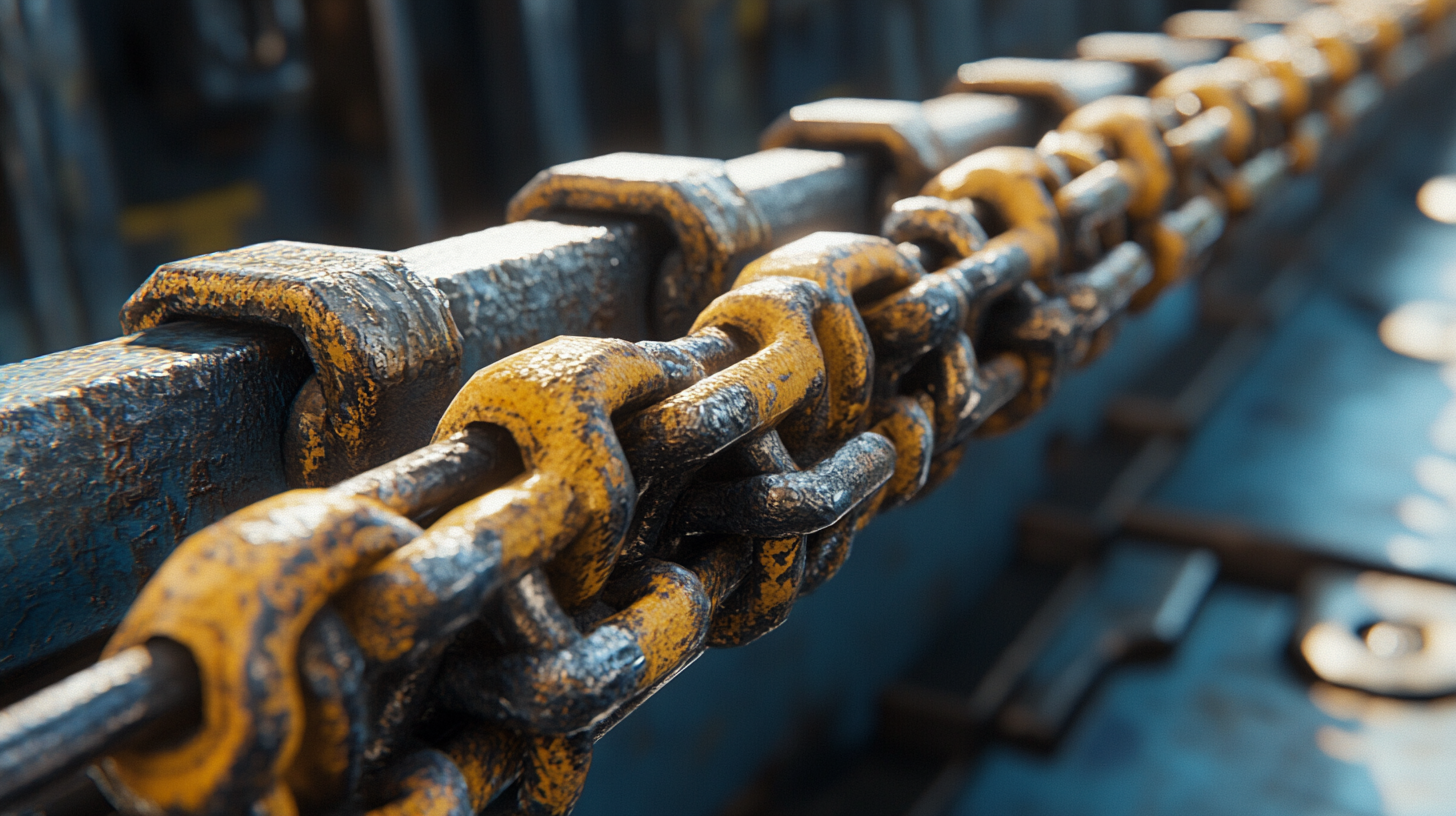
Understanding the Basics of Chain Come Alongs and Their Applications
Chain come alongs are essential tools in various industries, designed for heavy lifting and pulling tasks. At their core, these devices utilize a chain and ratchet system to generate significant mechanical advantage. They are commonly used in construction, automotive work, and any scenario where lifting or moving heavy objects is necessary, offering efficiency and safety when used correctly. Understanding the basic components of a chain come along is crucial for selecting the right model for your needs. Typically, a sturdy frame, a lifting mechanism, and a chain are involved. Each come along is rated for a specific weight capacity, so it's essential to evaluate the requirements of your lifting tasks. Additionally, factors such as the length of the chain and the type of hook can influence performance. A well-chosen chain come along ensures not only effective lifting but also minimizes the risk of accidents. In practical applications, chain come alongs excel in environments where space is limited or where traditional cranes cannot operate. They provide a versatile solution for tasks like hoisting heavy machinery, securing loads in transport, or repositioning structures. By grasping the fundamentals of chain come alongs, users can make informed decisions that enhance productivity while adhering to safety standards.
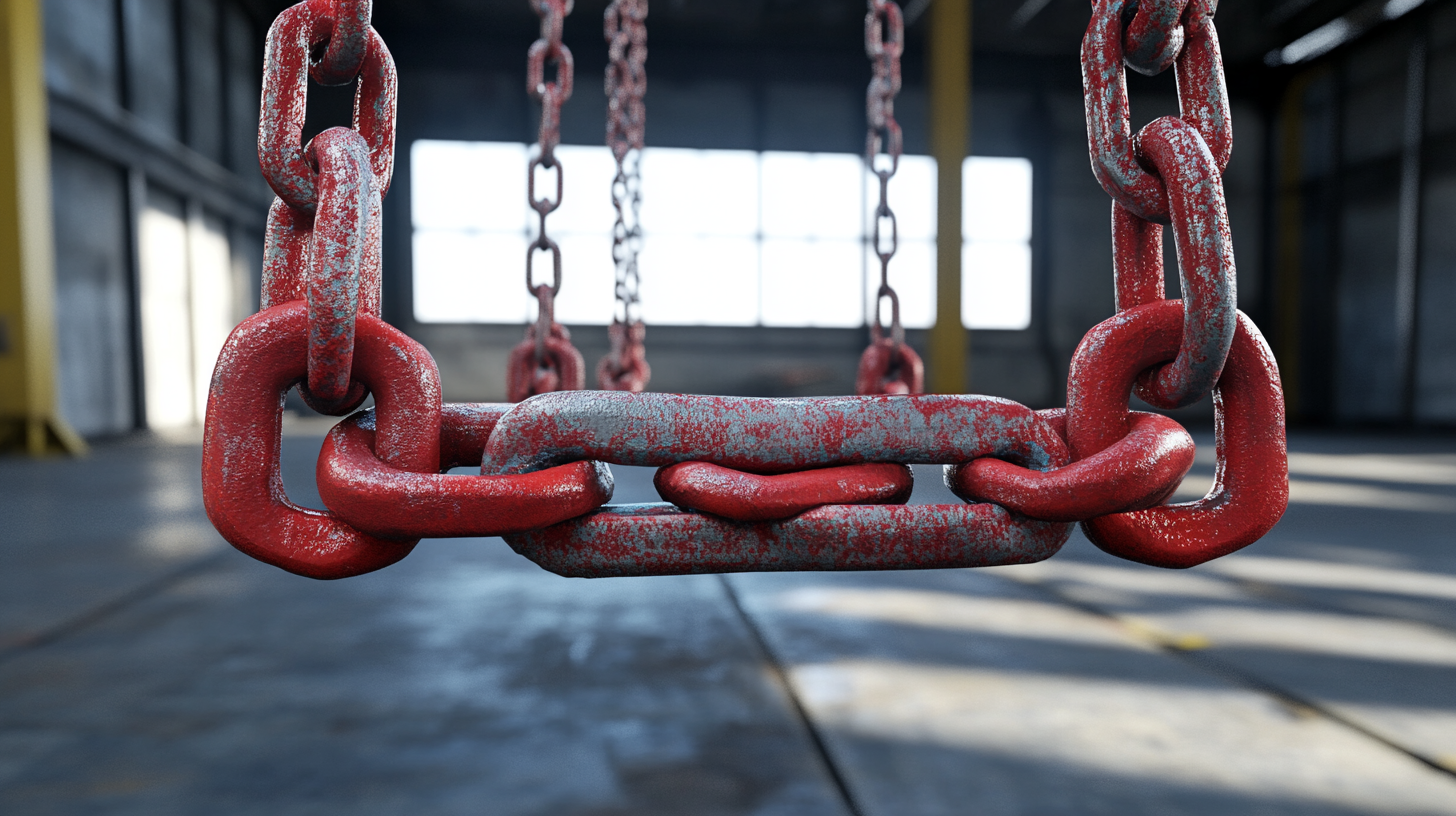
Key Features to Consider When Choosing a Chain Come Along
When selecting a chain come along for your heavy lifting needs, several key features should be considered to ensure safety and efficiency. One of the primary factors is the load capacity. According to the Occupational Safety and Health Administration (OSHA), it is crucial to choose a come along that can handle at least 1.5 times the maximum load you intend to lift. This safety factor helps prevent equipment failure and potential injuries, especially in industrial environments.
Another significant feature to look for is the mechanism of the ratchet and pawl system. A reliable locking mechanism is essential for maintaining tension during lifting operations. Studies in the field have shown that come alongs equipped with high-quality ratchet systems can reduce the risk of slippage by up to 30%, which greatly enhances overall safety. Additionally, it is beneficial to consider the material composition—the best options typically combine high-grade steel with durable coatings that resist rust and corrosion, ensuring longevity even in harsh conditions.
Finally, the ease of use cannot be overlooked. Ergonomic designs that allow for comfortable gripping and smooth operation not only improve efficiency but also minimize operator fatigue. According to a report by the American National Standards Institute (ANSI), user-friendly designs can contribute to a 15% increase in productivity during heavy lifting tasks. By assessing these key features—load capacity, locking mechanism, material quality, and ergonomic design—you can make an informed decision that meets the demands of your heavy lifting projects.
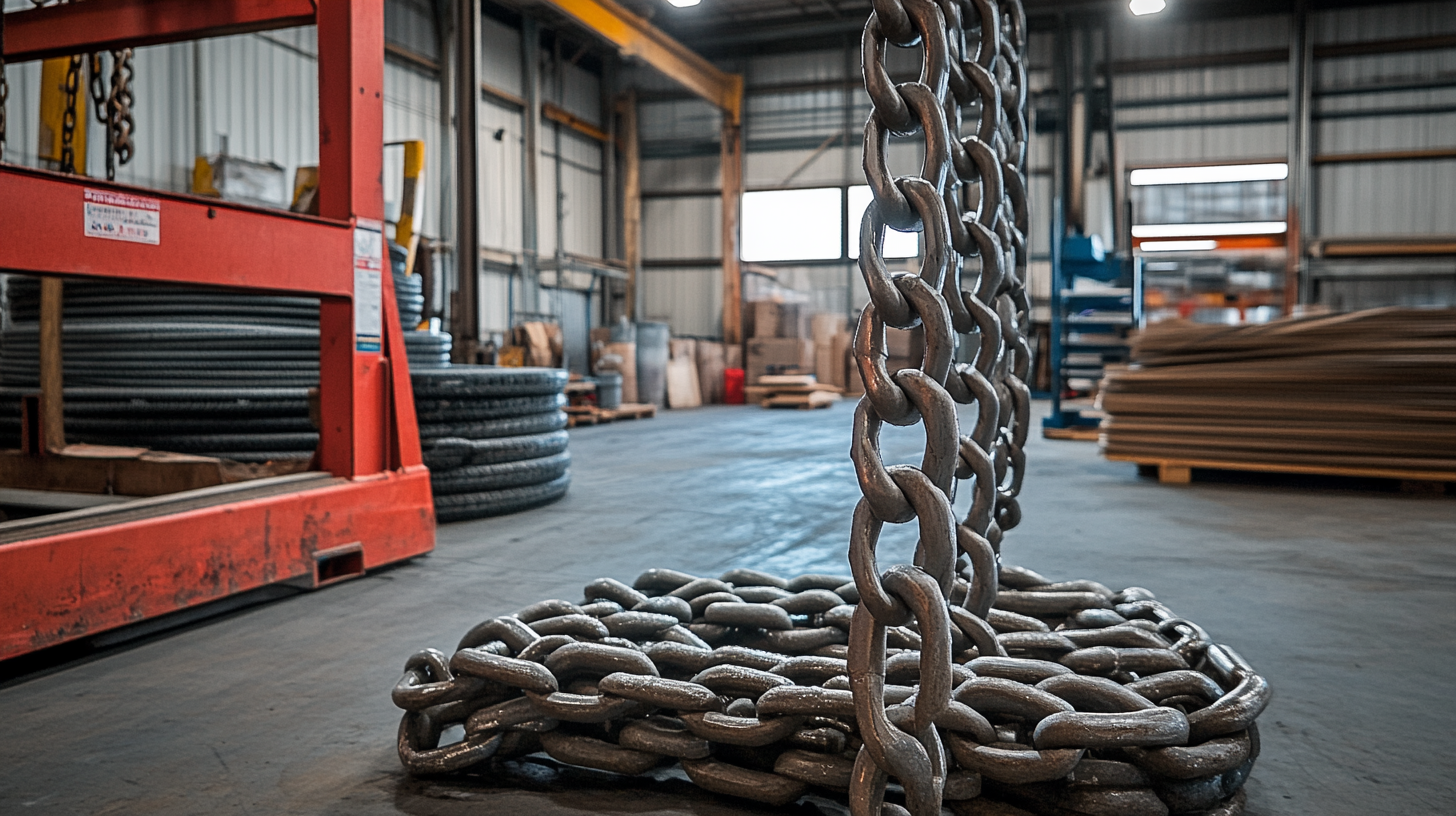
Assessing Your Heavy Lifting Needs: Weight Capacity and Range
When selecting the right chain come along for your heavy lifting needs, understanding your specific weight capacity and range is crucial. A comprehensive assessment of the types of loads you regularly handle can prevent overexertion, which is especially vital for industries where manual lifting is a common practice. Reports indicate that manual materials handling is a significant risk factor for musculoskeletal injuries, with the National Institute for Occupational Safety and Health (NIOSH) highlighting that improper lifting techniques can lead to long-term health issues for workers.
Women are particularly affected by the demands of heavy lifting, as studies have suggested that regular exposure to heavy loads and shift work can negatively impact fertility. This underscores the importance of not only selecting appropriate equipment but also ensuring that lifting practices are ergonomically sound. An appropriate chain come along should be able to handle your heaviest loads with a safety margin to minimize the risk associated with heavy lifting.
Additionally, different work environments and conditions may influence your equipment choice. For example, harsh climate conditions can affect the performance of heavy-duty lifting devices, especially in cold environments. Understanding these factors and choosing a come along that offers both the capacity and durability for your specific conditions can lead to safer lifting practices and increased productivity on the job.
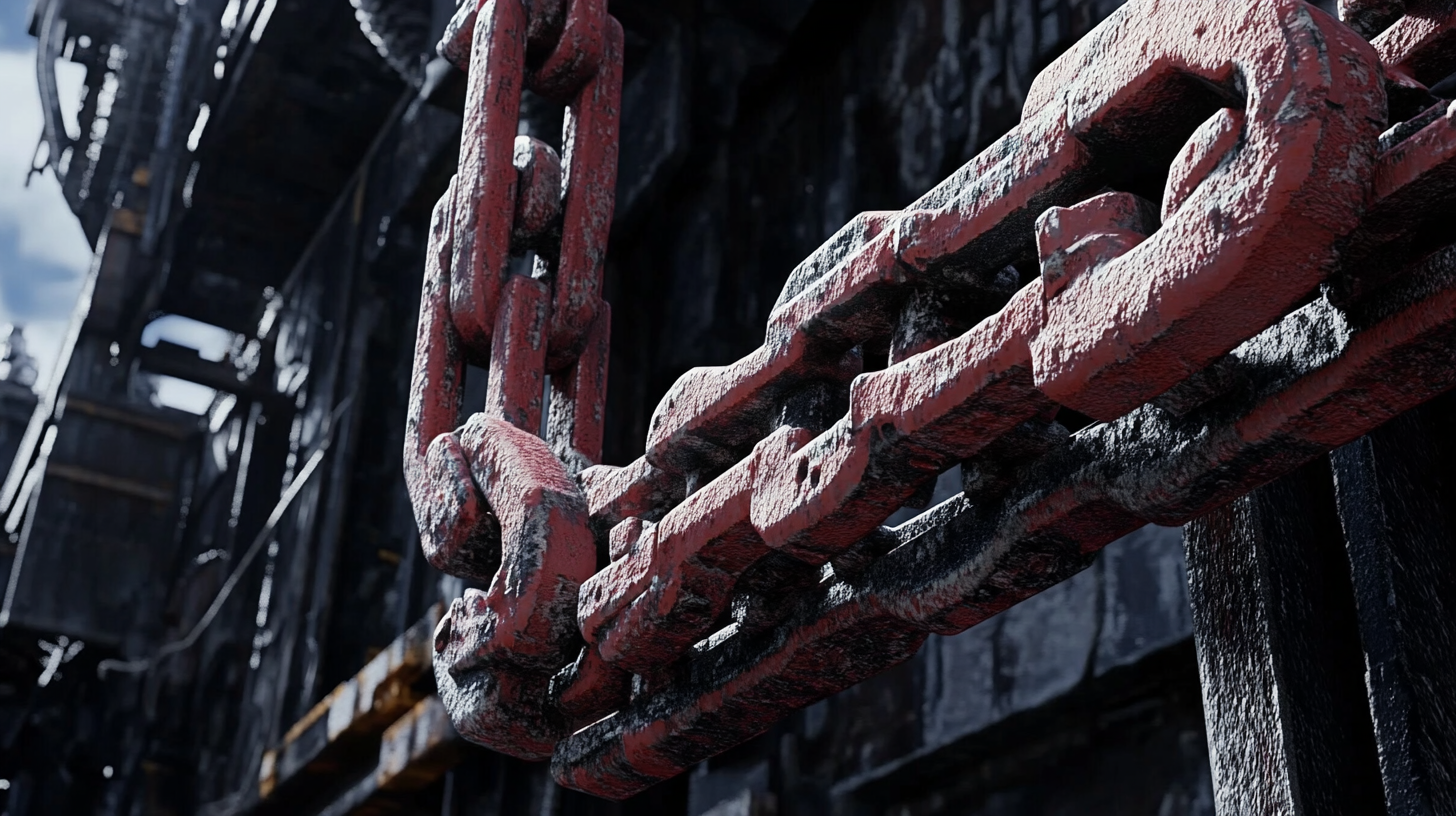
Safety Considerations: Ensuring Secure and Effective Usage
When it comes to heavy lifting, selecting the right chain come along is crucial, but safety must take precedence in every operation. First and foremost, it’s essential to assess the weight capacity of the chain come along you choose. Overloading can lead to catastrophic failure, endangering both operators and nearby personnel. Always refer to the manufacturer's specifications and never exceed the recommended weight limit. Additionally, inspect the equipment for any signs of wear or damage before use; this includes checking for frayed chains, rust, or malfunctioning components that could compromise safety.
Another significant aspect of safety is proper usage training. Operators should be well-versed in the operational procedures of the chain come along, understanding how to secure loads effectively and utilize the device without risking accidents. Beyond just training, wearing appropriate personal protective equipment (PPE) is vital. This may include gloves, safety glasses, and steel-toed boots to protect against any accidental slips or falls during the lifting process. Always ensure the area is clear of unnecessary personnel to minimize the risk of injury.
Finally, understanding environmental factors is key. Operating in unstable terrain or adverse weather conditions can affect the efficiency and safety of heavy lifting. Ensure that the ground is level and that you are not working in windy conditions that could sway or unbalance the load. By prioritizing safety considerations and conducting thorough assessments, operators can ensure not only a successful lifting process but also the well-being of all individuals involved.
Maintenance Tips for Maximizing the Lifespan of Your Chain Come Along
When it comes to maintaining your chain come along, regular upkeep is essential for ensuring optimal performance and longevity. One of the most critical maintenance tips is to keep the device clean and free from debris. After each use, take a moment to wipe away any dirt, grease, or other contaminants. This not only enhances the tool's efficiency but also prevents wear and tear on moving parts, which can lead to malfunctions over time.
Lubrication is another key aspect of maintenance that should not be overlooked. Regularly applying the appropriate lubricant to the gears and moving components will help reduce friction and extend the lifespan of your chain come along. Be sure to use a lubricant that is compatible with your specific model, as this will ensure smooth operation and minimize the risk of damage. Additionally, inspect the chain for any signs of wear, such as fraying or corrosion, and replace it if necessary to maintain safety and effectiveness.
Lastly, proper storage is vital for the longevity of your chain come along. Always store the tool in a dry, protected environment to avoid exposure to moisture and harsh weather conditions. Hanging it up or keeping it in a tool chest can prevent unnecessary strain on the components. By following these simple maintenance tips, you can ensure your chain come along remains in excellent working condition, ready to tackle any heavy lifting tasks you encounter.
Copyright ©2024 Elephant Lifting Products | All rights reserved.
38381 N Robert Wilson Rd, Gonzales, LA 70737 USA
Toll Free: (888) 844-6113 | Phone: (225) 644-6113 | Fax: (225) 644-6695
Email: sale@floralift.org





